About the Mass
NLC ARTICLES
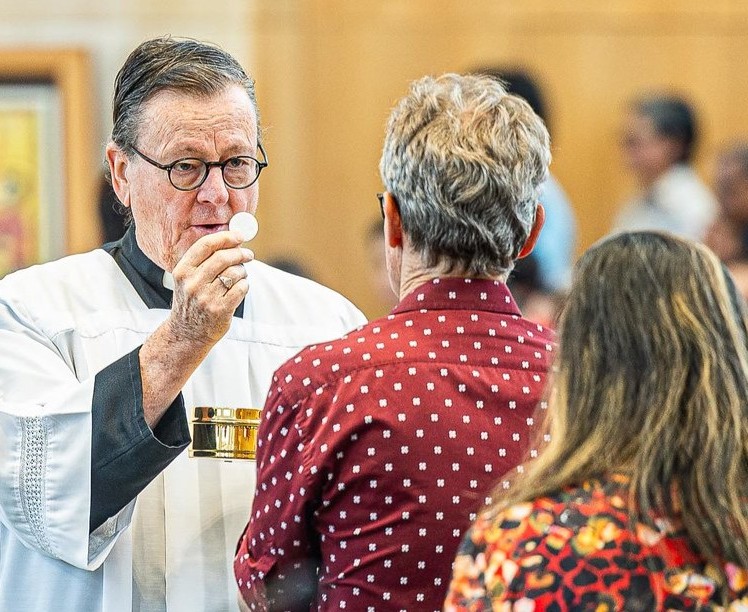
This article explains the theological significance of Sunday Eucharist as the central act of Catholic worship and the heart of Christian life.
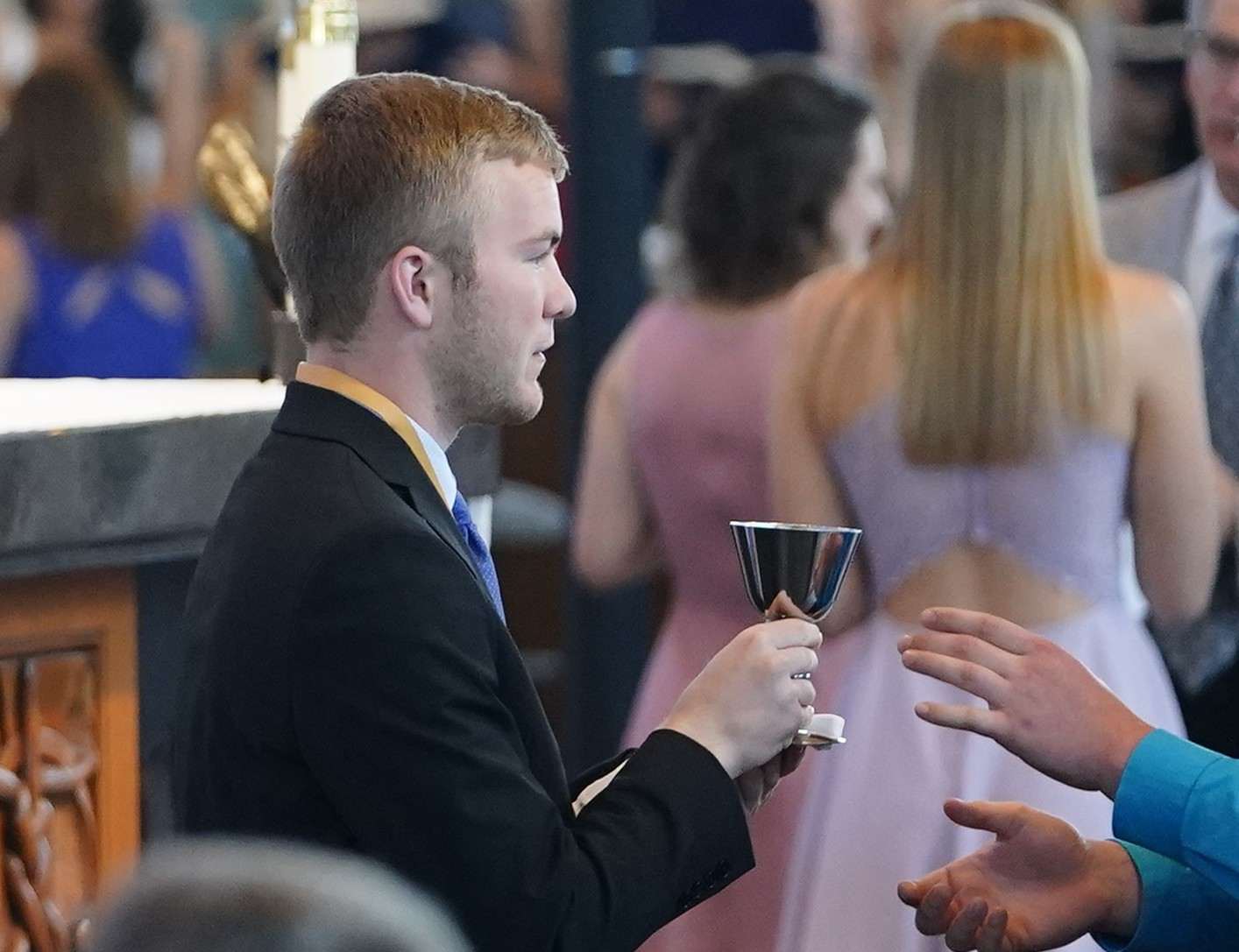
This overview presents the structure of the Mass, tracing its four primary parts and how each contributes to the whole liturgical action.
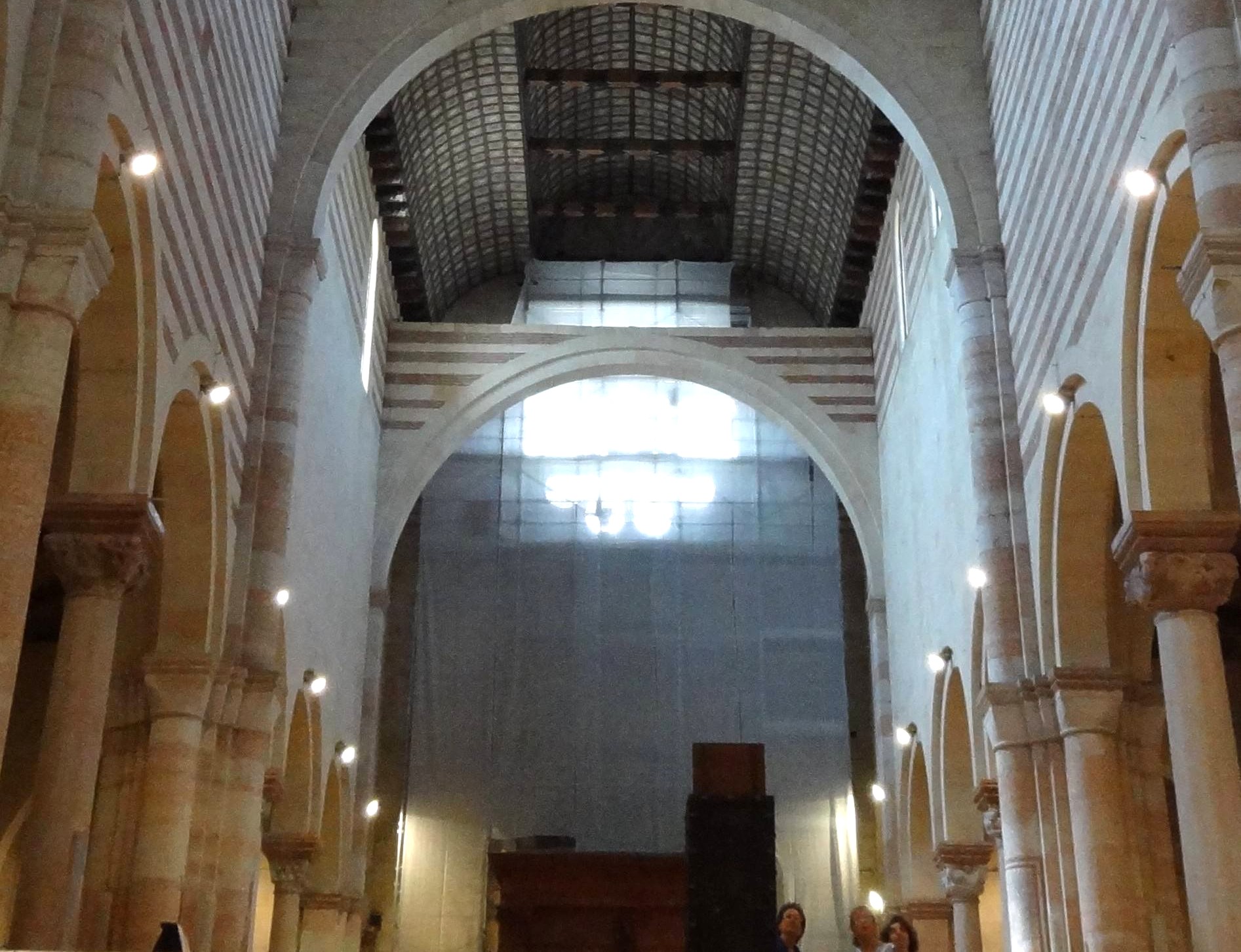
This resource provides a simple, step-by-step outline of the Roman Catholic Mass, ideal for teaching and liturgical formation.
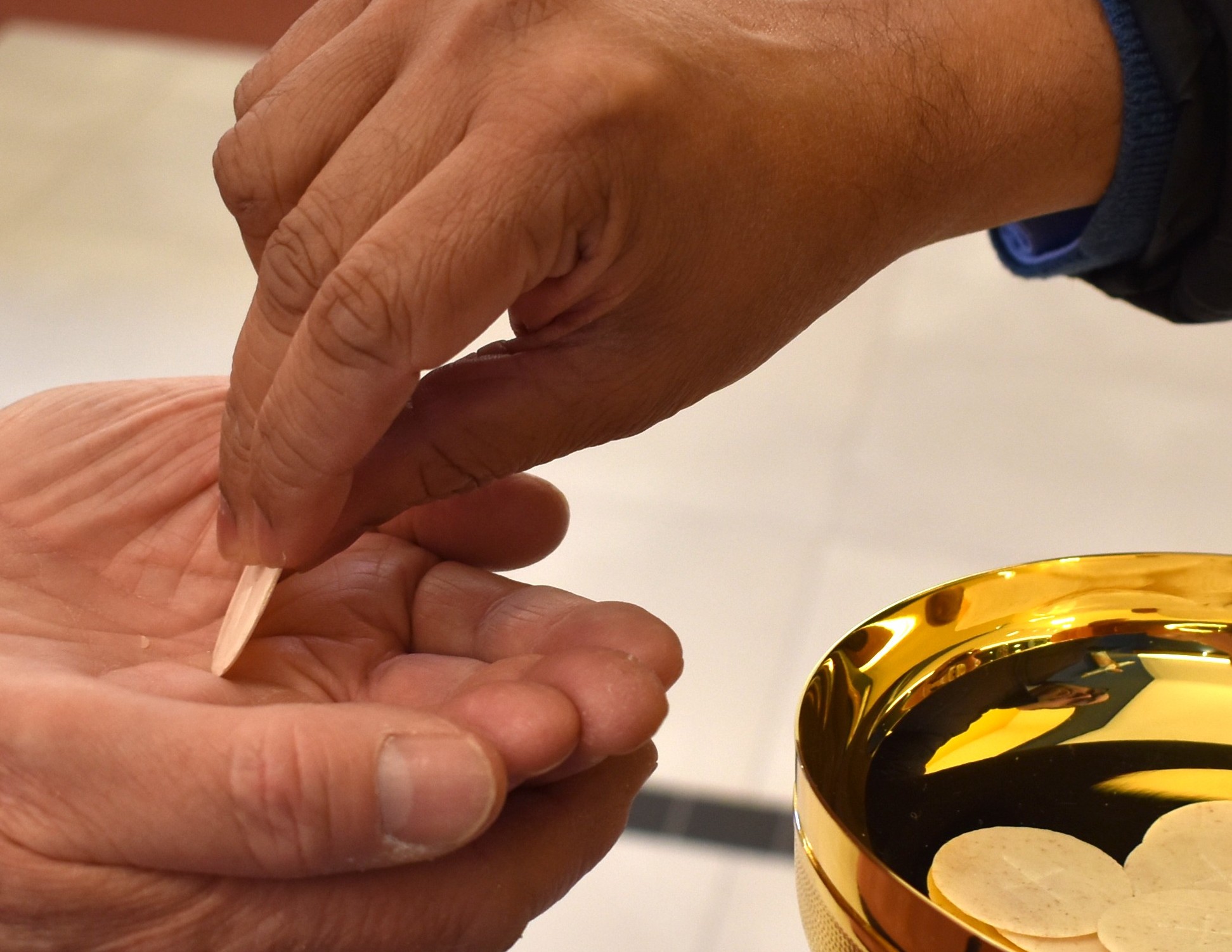
The privilege of being integrated into Christ’s priestly ministry is common to the ordained and to the faithful. In the Eucharistic celebration the faithful exercise their priesthood by placing their spiritual sacrifices, along with that of the presider, on the altar. It is desirable that the faithful share communion from the altar and not from the tabernacle, just as the priest does.
official documents
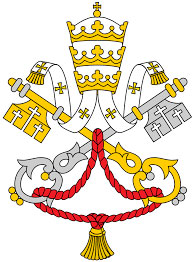
Holy See
This Introduction to the Roman Missal lays out the liturgical and theological principles for celebrating the Eucharist according to the post-Conciliar rite. It speaks of the importance of the liturgy, ritual structure, ministries, forms of celebration, arrangements and furnishings, requisites for celebration, and a guide for instances in which more than one option is permitted.
The Magna Carta of the liturgical reform, this Constitution on the Liturgy was the first Constitution approved by the Ecumenical Council (overwhelmingly) and promulgated by Pope Paul VI. It sought an aggiornamento of the liturgical tradition.
In this motu proprio Pope Francis restricts the celebration of the Mass according to the pre-Conciliar rites, i.e., the Missal of 1962 or the ‘Tridentine liturgy,’ reversing a broad permission to use it issued by Pope Benedict in 2007.
Here Pope Francis takes “the firm decision to abrogate all the norms, instructions, permissions and customs that precede the present Motu proprio, and declare that the liturgical books promulgated by the saintly Pontiffs Paul VI and John Paul II, in conformity with the decrees of Vatican Council II, constitute the unique expression of the lex orandi of the Roman Rite.” He also notes the need to care for communities celebrating the pre-Conciliar liturgy in their transition to celebrating the Conciliar form.
The Congregation clarifies the restriction on the use of the pre-Conciliar liturgy, noting the liturgical books promulgated after the Second Vatican Council are the ‘unique expression’ of the prayer of the Roman Rite.
This resource summarises Pope Francis’ weekly catechesis series on the Mass, offering clear and pastoral insights into the meaning and structure of each part of the liturgy.
This apostolic letter of John Paul II emphasises the duty to keep Sunday holy, especially by sharing in the Eucharist and by relaxing in a spirit of Christian joy amidst the worshipping assembly.
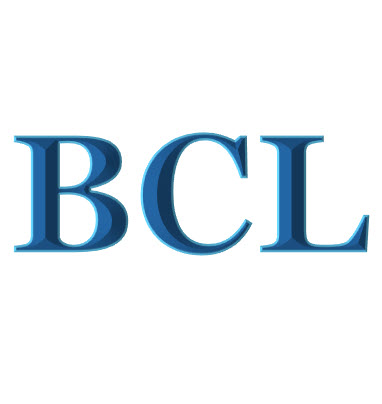
Bishops Commission for Liturgy
Here the liturgy Commission gives thanks for the blessing of the reform of the liturgy since the promulgation of the Second Vatican Council’s Constitution on the Liturgy Sacrosanctum Concilium in 1963. The document synthesises the fundamental principles of the liturgy Constitution, noting that the reform and renewal of the liturgy is an ongoing task yet to be completed.

National Liturgical Council
Here the NLC provides guidance on the proper inclusion of financial appeals or special intentions on Sundays, noting the fundamental principle that Sunday Mass is the Church’s fundamental, primary celebration of the Paschal Mystery and should not be taken over by other non-liturgical additions.
DIOCESAN RESOURCES
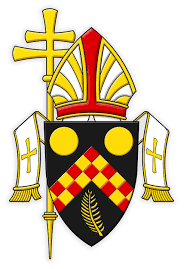
Brisbane
A short video that introduces the Catholic Mass, offering a visual and accessible explanation of its structure and meaning.
OTHER RESOURCES
Journal Articles
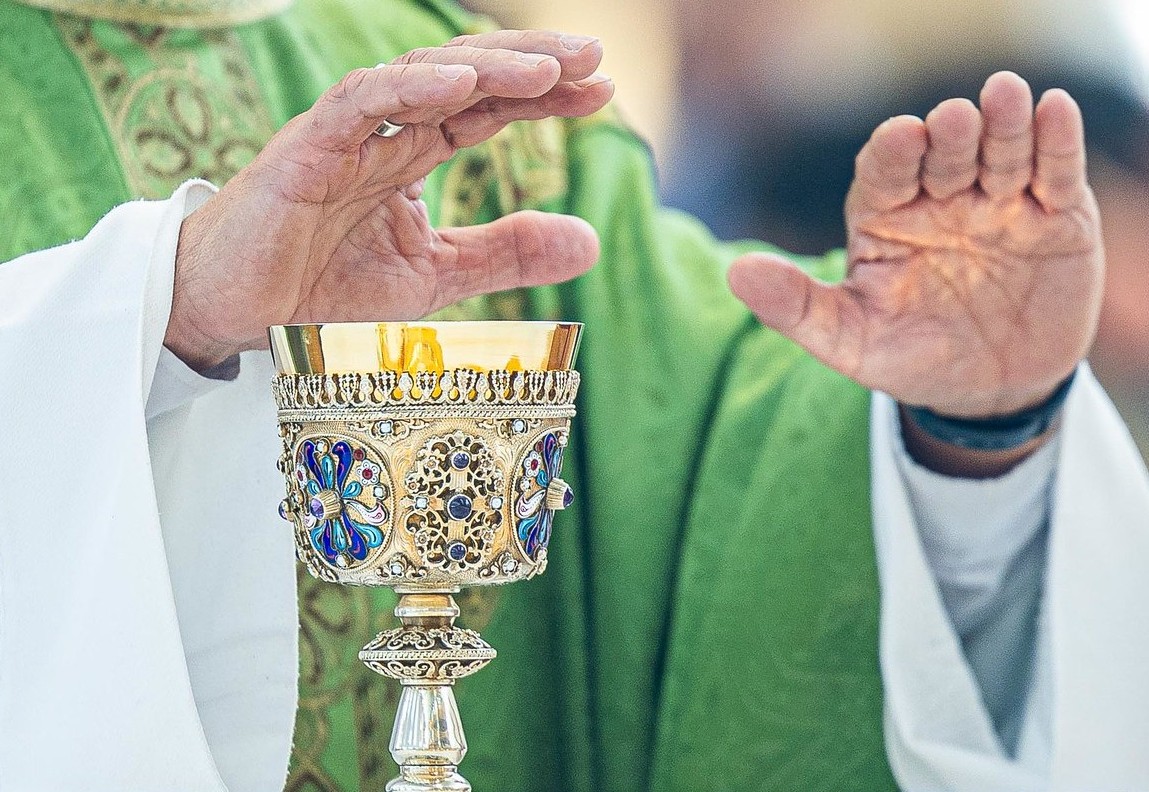
Pope Francis has drawn attention to t he rediscovery of the significance of the Mass, so that Christians can recognise the Eucharist as a living encounter with Jesus and be transformed through their participation in the liturgy.
Bulletin Articles
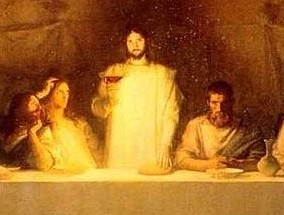
This article traces the historical development of the different names used for the Mass, revealing how each title reflects a particular theological emphasis or liturgical tradition.

